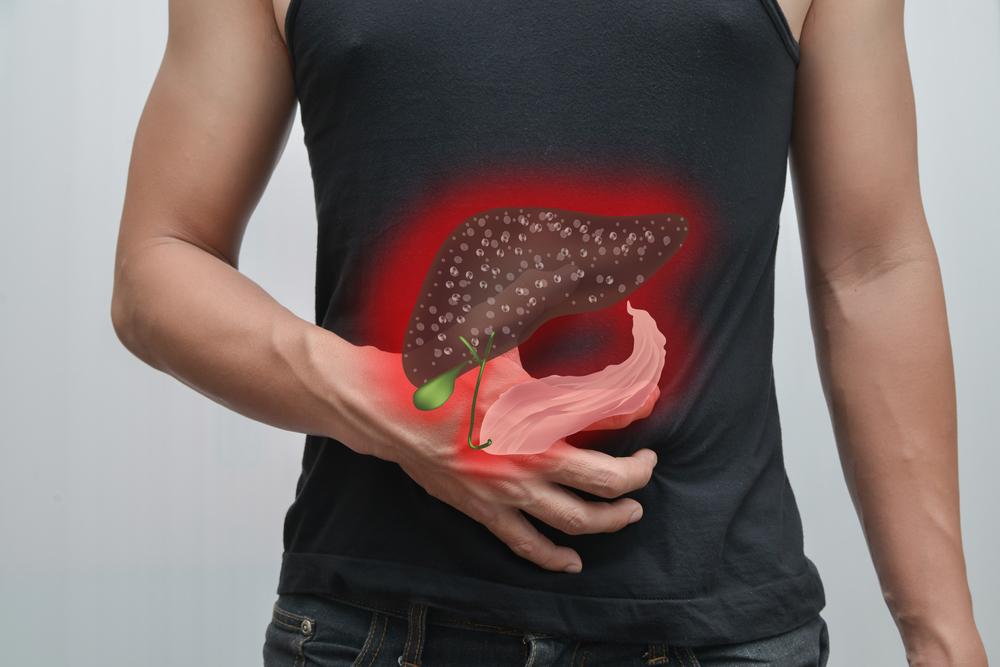Comprehensive Guide to Thoracic Aortic Aneurysm: Causes, Symptoms, and Prevention
Discover an in-depth understanding of thoracic aortic aneurysm, including its causes, early warning signs, and preventative measures. This comprehensive guide highlights the importance of early detection, managing risk factors, and seeking prompt medical care to prevent serious complications such as rupture or dissection. Learn how genetic disorders, lifestyle choices, and health conditions like hypertension contribute to aneurysm development. Stay informed and protect your health with expert insights into this critical cardiovascular condition.

Comprehensive Guide to Thoracic Aortic Aneurysm: Causes, Symptoms, and Prevention
The thoracic aorta is a vital blood vessel that carries oxygen-rich blood from the heart to the structures of the chest and upper body. An aneurysm in this region, known as a thoracic aortic aneurysm, occurs when a section of the aortic wall begins to bulge or thin out. This condition is insidious because it often develops silently without immediate symptoms but has the potential for catastrophic rupture if left undetected. Understanding the underlying causes, recognizing early warning signs, and seeking timely treatment are crucial for preventing severe health consequences.
In this extensive guide, we delve into the causes of thoracic aortic aneurysm, highlight key symptoms to watch for, discuss risk factors, and explore preventative strategies to improve health outcomes.
Arteriosclerosis and Atherosclerosis
The buildup of plaque within the walls of the aorta causes hardening and weakening of the vessel. High cholesterol levels, hypertension, and lifestyle factors like smoking contribute to this degenerative process, significantly elevating the risk of aneurysm formation.
Genetic Disorders like Marfan and Ehlers-Danlos Syndromes
These inherited connective tissue disorders compromise the structural integrity of blood vessel walls, making them more susceptible to bulging and rupture. Genetic screening and early diagnosis can help manage risks effectively.
Aortic Valve Abnormalities
Congenital valve defects such as bicuspid aortic valves generate abnormal blood flow patterns and increased pressure in the ascending aorta, fostering aneurysm development over time.
High Blood Pressure (Hypertension)
Chronic hypertension puts excessive strain on the vessel walls, weakening them and leading to potential aneurysm formation. Managing blood pressure through medication, diet, and exercise is essential for prevention.
Warning Signs and Symptoms of Thoracic Aortic Aneurysm
Since early-stage thoracic aortic aneurysms are often asymptomatic, routine medical check-ups are critical, especially for individuals with risk factors. As the aneurysm enlarges, symptoms may become obvious and alarmingly serious. Common signs include persistent chest or back pain, which may feel like a deep, throbbing ache. Other indications include hoarseness, persistent cough, shortness of breath, or difficulty swallowing due to pressure on adjacent structures.
Once the aneurysm reaches a critical size, the risk of rupture increases markedly, signaling an immediate medical emergency. Signs of rupture are sudden and intense, often described as tearing or stabbing chest or back pain. Additional symptoms include dizziness, fainting, difficulty breathing, and sometimes paralysis or stroke-like symptoms if blood flow is severely affected. Recognizing these symptoms promptly can be lifesaving.
Progression of untreated aneurysms can lead to aortic dissection, a catastrophic tear in the inner wall of the vessel, which requires urgent surgical intervention. Prevention relies heavily on risk factor management, regular screenings, and vigilant attention to warning signs.
By understanding the causes and symptoms associated with thoracic aortic aneurysm, individuals can take proactive steps toward prevention and early diagnosis. Maintaining a healthy lifestyle, controlling blood pressure, and undergoing regular health screenings—especially if there are genetic predispositions—are essential strategies for reducing the risk of this silent but potentially deadly condition.





